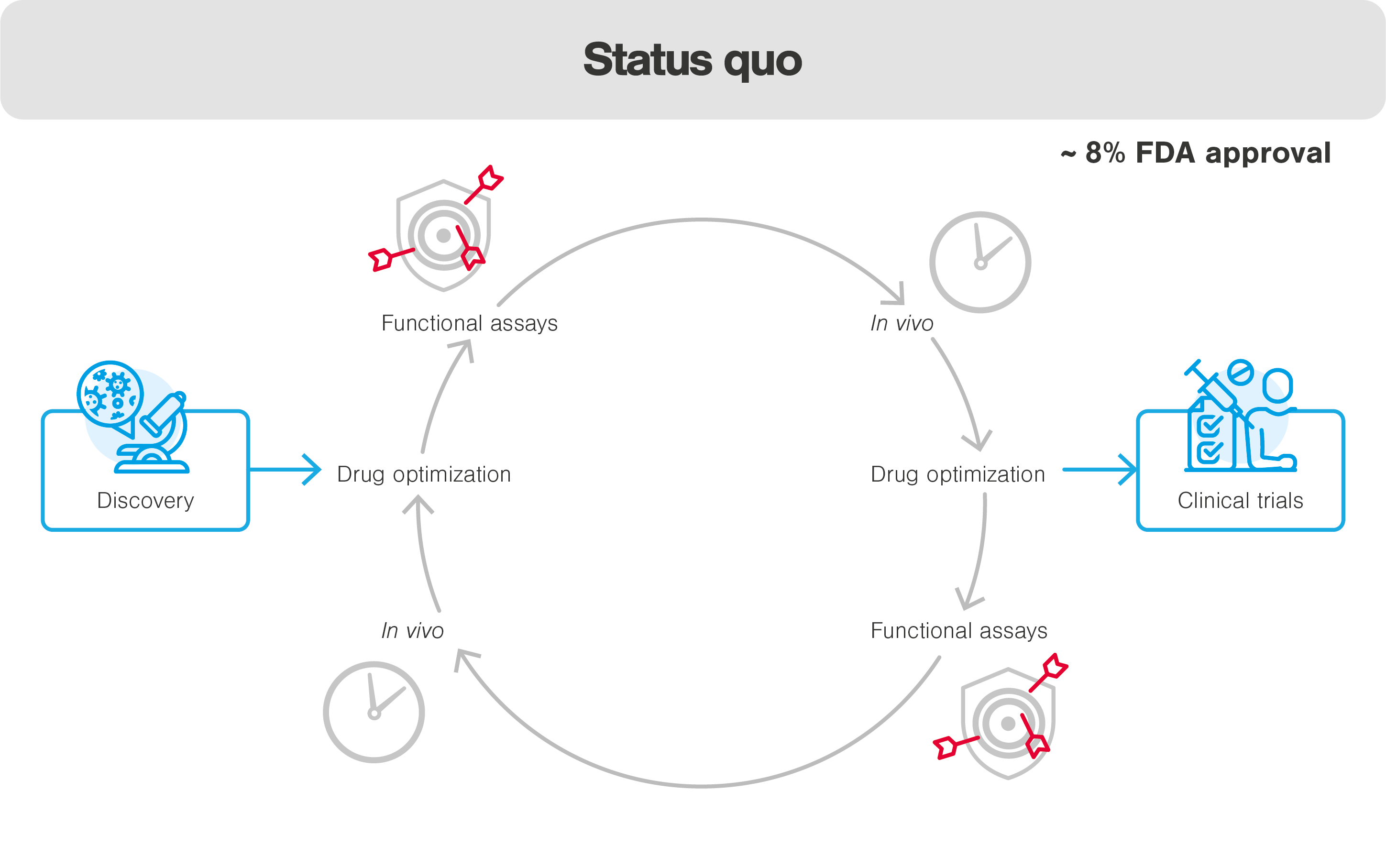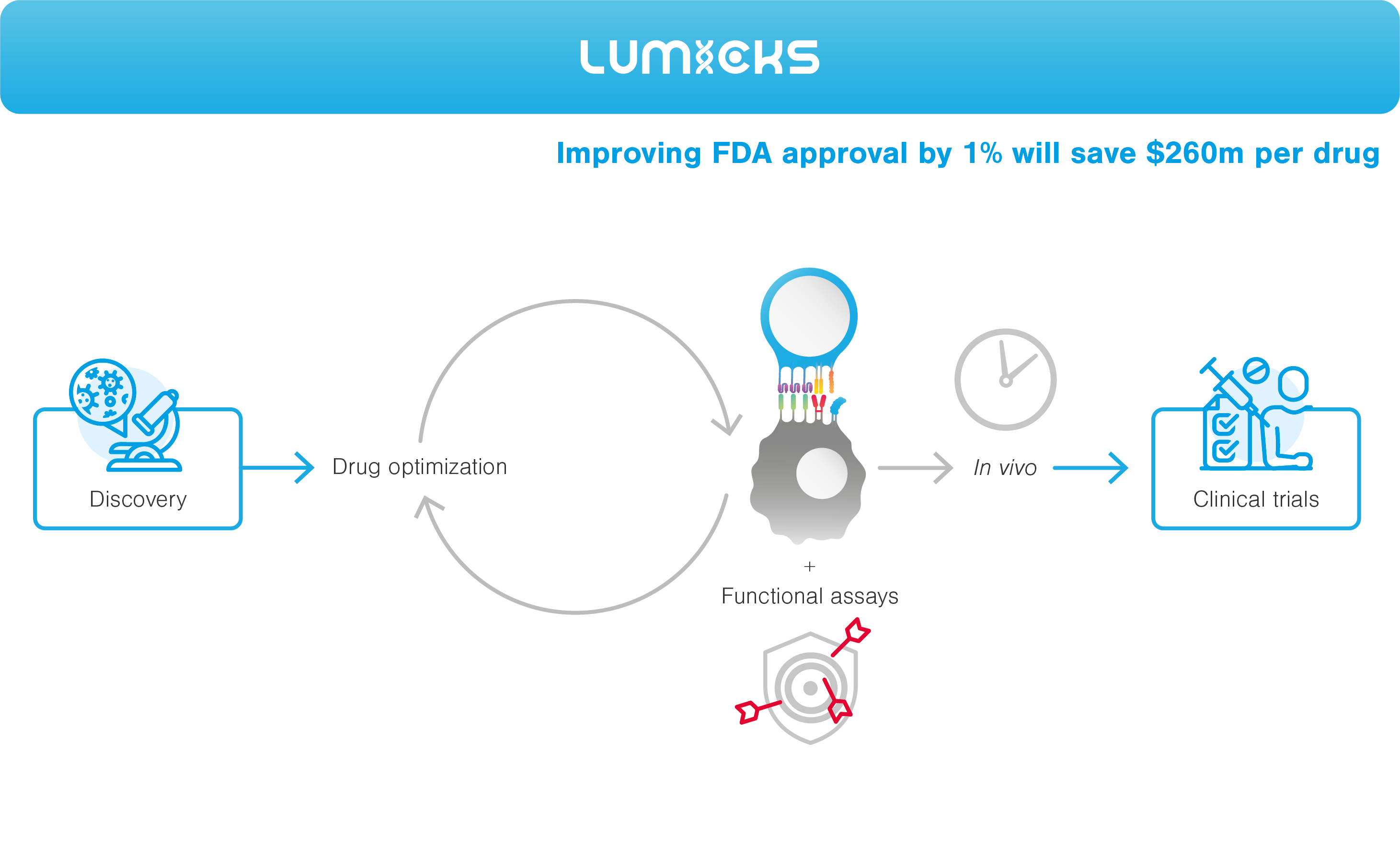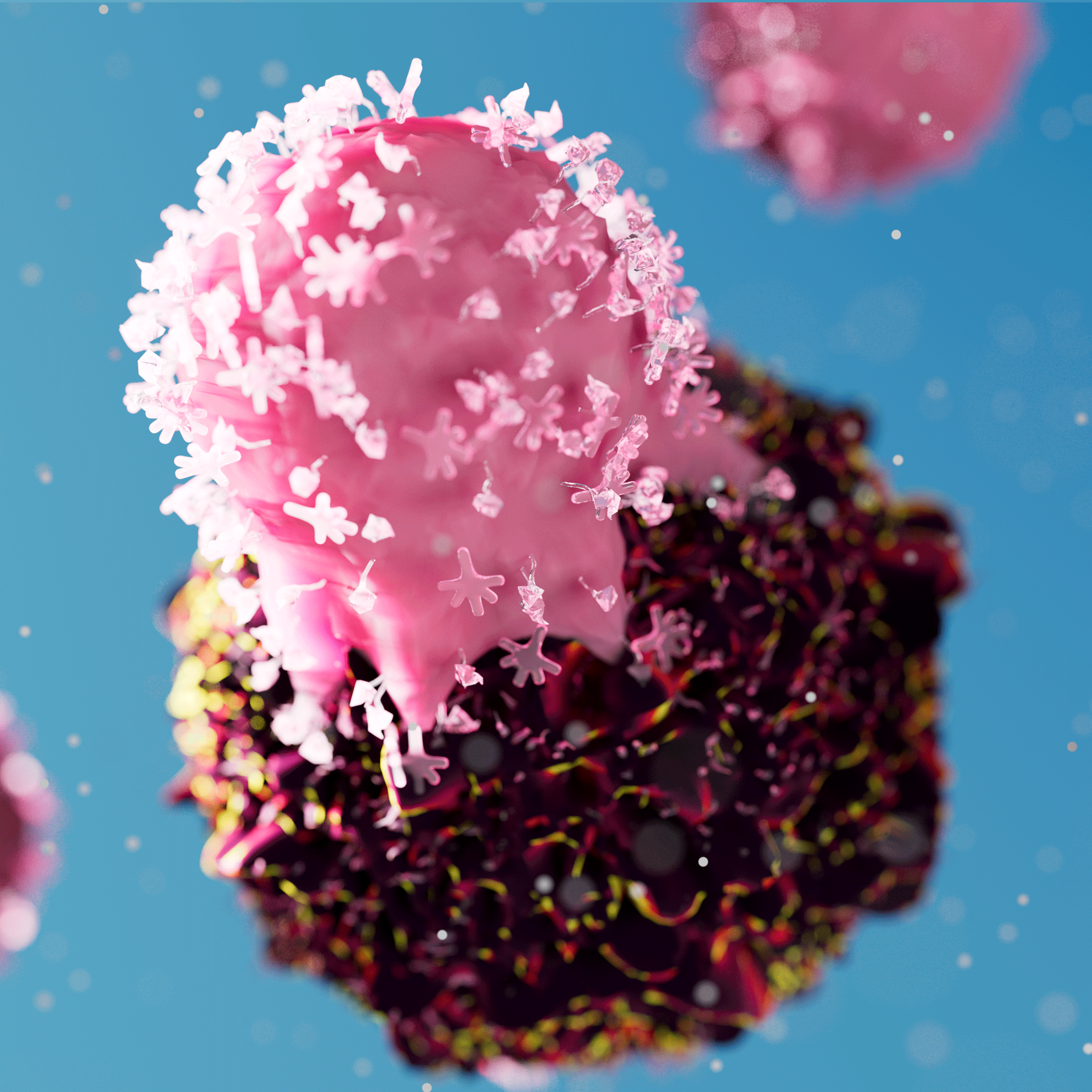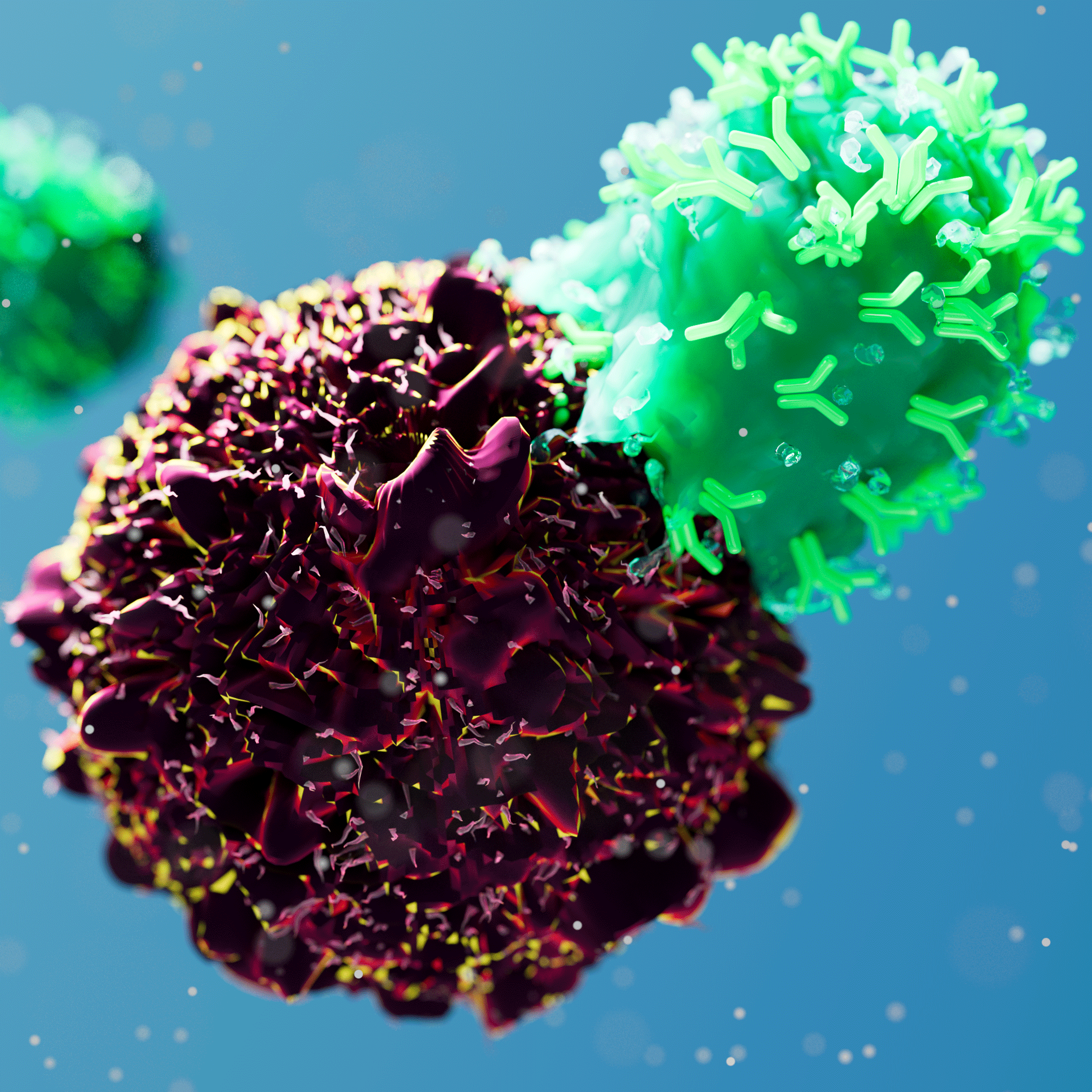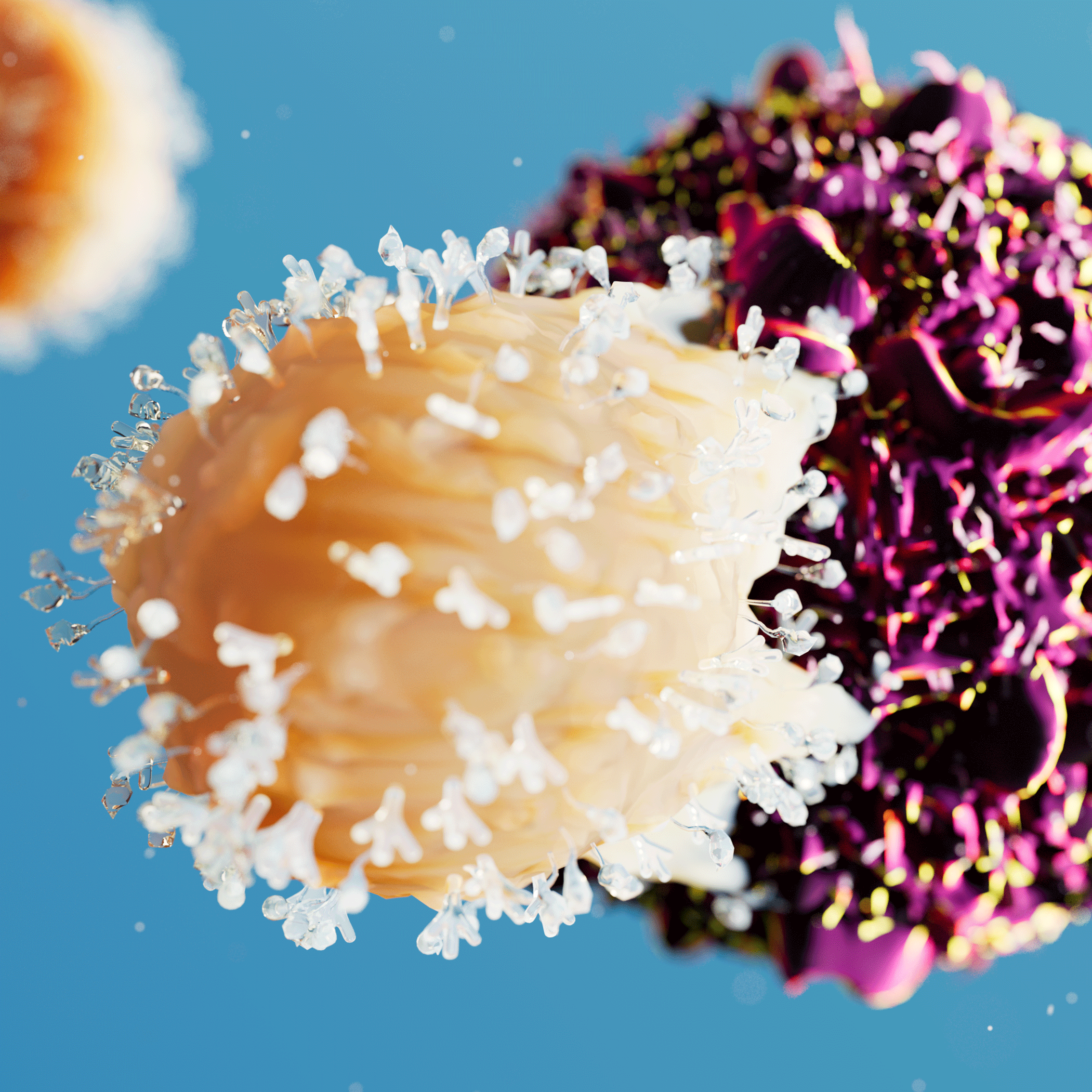Jump to:
Cellular avidity for immuno-oncology research
A superior predictor of in vivo response for immune cell discovery breakthroughs
What is cell avidity analysis?
A new approach that reveals the key step in the mode of action of immunotherapy products
Researchers are searching for the most effective immune cells against cancer using an array of in vitro assays and affinity measurements. However, these measurements do not provide reliable indicators for the performance of an immune product in vivo or in clinical. What seems to be the best candidate now, might turn out to be the wrong one later.
Cell avidity analysis measures the total intercellular strength between interacting cells and provides a new, integrated biomarker for immune cell functionality. This allows researchers to quickly and effectively identify and characterize the cell that recognises, binds to, and ultimately attacks tumor cells.
Transforming drug discovery process of immunotherapies
Cell avidity measurements can unlock faster R&D cycles and rational drug design
While in vitro functional assays are used today as the status quo for narrowing down IO candidates, they are time-consuming and suboptimal predictors of the efficacy of the immune products in mouse or clinical studies. This leads to long development cycles that include multiple rounds of mouse studies that require several months.
Cell avidity analysis allows to directly optimize cellular binding and interaction of immunotherapy products at an early stage. Ultimately, these measurements enable more efficient rational drug design, leading to better candidate selection and faster drug development by reducing the number of mouse studies needed.
Explore the research applications
Select optimally-functioning CAR T cells based on their avidity and fine-tune the desired avidities to avoid on-target/off-tumor binding.
Improve the functional correlation of TCR T cells by replacing affinity measurements with avidity. Reveal TCR modified T cells with optimal avidity that improve T cell responses.
Test the binding avidity associated with different BsAb and compare the avidity of T cells engaged by these BsAb to find the most desirable response.
LUMICKS empowers researchers
Customer insights
-
Charité – Universitätsmedizin Berlin
Junior Professor for Adoptive T-Cell Therapy at the Institute of Immunology
“[Cell avidity analysis] allows for the first time to make an exact determination of the force that is necessary to separate two cell partners, which introduces a new parameter that characterizes the T cells.”

INmune Bio, University College London
CSO of INmune Bio and Professor of Cell Gene and Tissue Therapy at University College London
“We know that CARs that are highly affine are not necessarily as functional as CARs with less affinity. So how does that translate into a CAR-T cell or a CAR-NK cell where it’s not just the interaction of the car with its ligand, but it’s all the other ligands in that synapse that matter? And so I think that cell avidity measurements are going to be extremely important.”

Regenshurg
UniversityProfessor and Chair for Genetic Immunotherapy
“[With cell avidity analysis] we expect to gain greater insight into the mechanism of CAR mediated tumor cell recognition and into the selection of the most potent CAR for clinical application.”
Unlocking experiments in a whole new dimension
Our solution
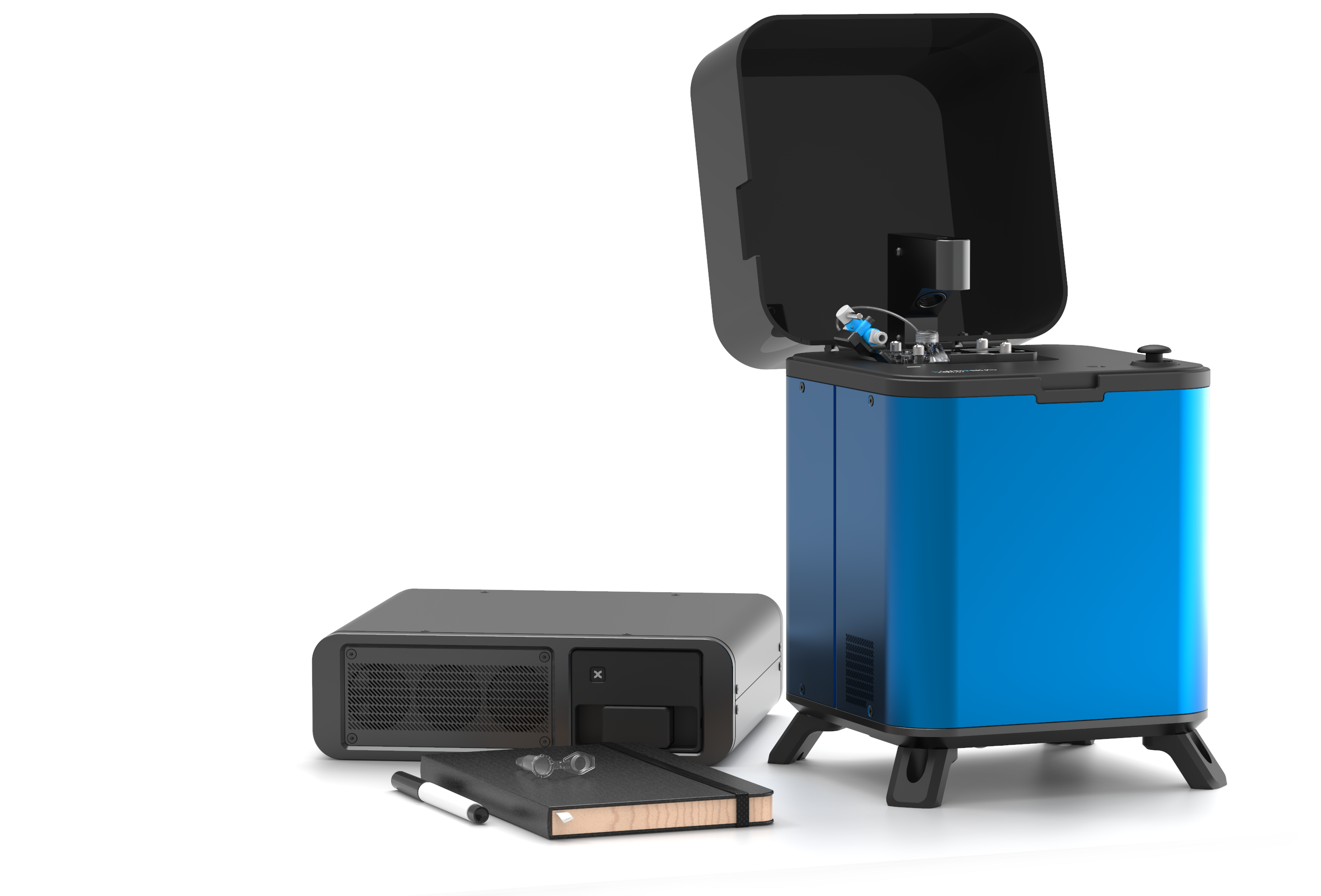
z-Movi®
Cell Avidity Analyzer
The z-Movi is a unique instrument that enables you to identify the most potent effector cell populations, by measuring the overall binding strength – or avidity – between effector and target cells. Get avidity data from hundreds of individual cells in a matter of minutes.


